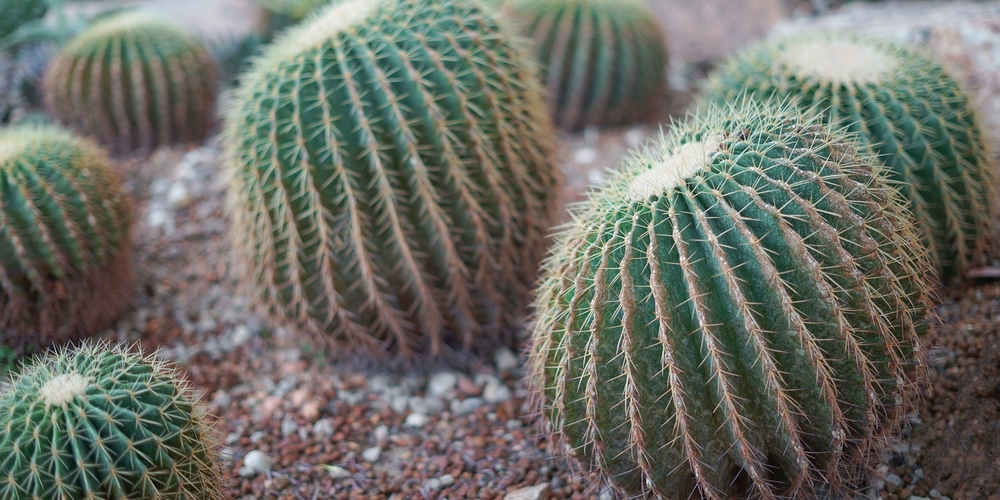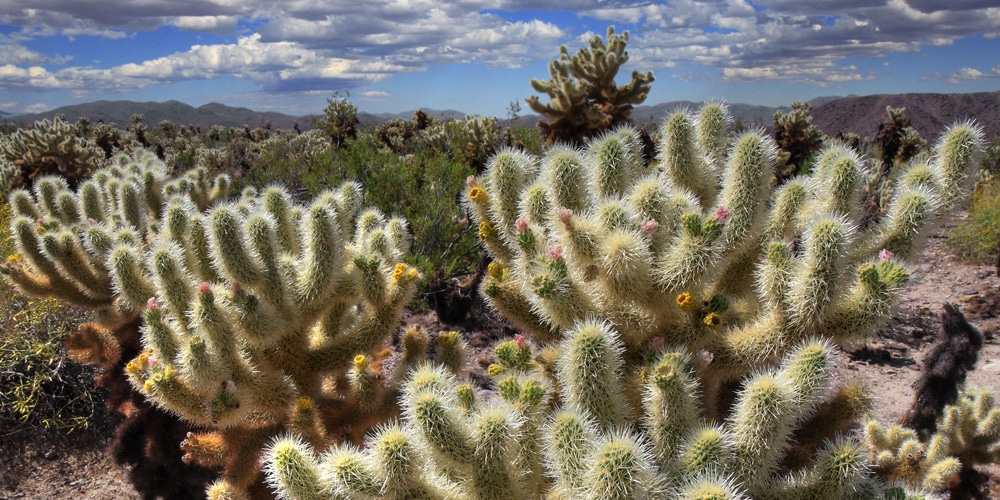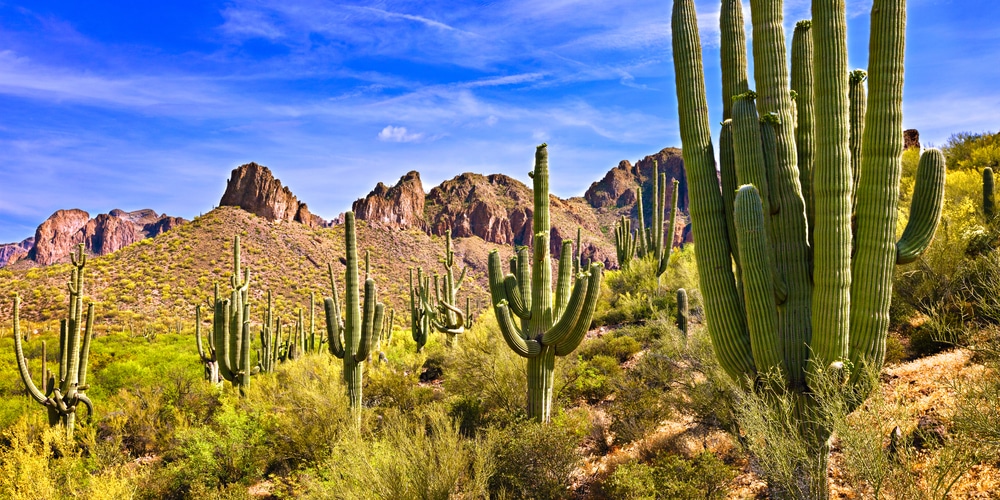Cacti make great houseplants as they are easy to care for and look great. There are many cacti species available, and some produce lovely flowers if grown in the right conditions. Many people like to collect cacti and succulents. If you’re thinking of getting a cactus, you may be wondering if these plants are poisonous. In most cases, cacti aren’t poisonous, but many produce sap that can cause skin irritation. Some varieties are toxic to pets, and there are also a few that are toxic to humans.
The most poisonous cactus known to man is the Saguaro. This giant cactus is native to Arizona and California and can grow as tall as 50 feet at maturity. It has very long sharp needles which contain toxic sap. If you’re thinking of choosing some prickly plants, you may want to avoid the poisonous cactus species. Let’s look at which cactus are the most toxic.
Poisonous Cactus Species
Most Cactus species aren’t poisonous to humans but may are dangerous if consumed. Some people are also allergic to cactus needles, and these can cause skin irritation.
Cactus are a botanical classification that contains plants that have spines or needles. These are mainly found on the plant’s outer edges and are usually very sharp. Some cactus species have soft spines, which are more like hairs. Cactus have spines to protect the plant from predators as they inflict pain. Some cactus also cause skin irritation if the needles are touched.
There are a few poisonous cactus species, which can affect both humans and animals, especially if ingested. The following cactus are toxic:
San Pedro
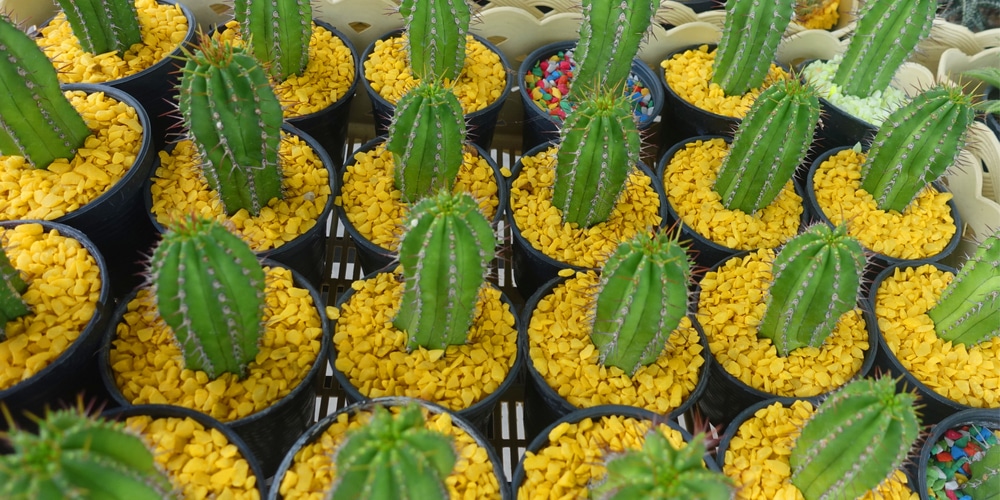
Used as a medicine plant in South America, the San Pedro Cactus causes hallucinations. It’s said to help people go on vision quests and help them discover information and past memories trapped in their unconscious mind. While some people claim that the cactus has altered their consciousness and helped them process trauma, it’s not recommended that you consume San Pedro at home. Ingesting this cactus can have disastrous effects as it contains a chemical called mescaline, which can make people delusional. It can also cause vomiting and diarrhea, especially when consumed with alcohol.
The San Pedro Cactus is native to Mexico and South America. It’s highly toxic to pets and can prove to be fatal. It’s also commonly used to produce cocaine.
Peruvian Torch
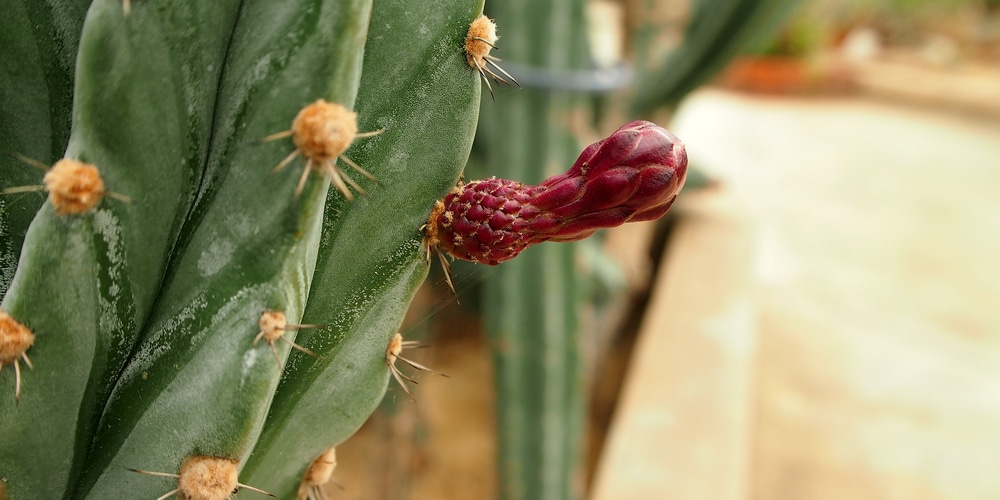
The Peruvian Torch is another South American Cactus that is similar to San Pedro in looks and toxicity. These Cacti are poisonous due to alkaloids, which, if ingested, will cause nausea and vomiting, hallucinations, and delusions. Therefore, it’s best not to consume the Peruvian Torch. This plant should also be kept out of reach of pets.
Prickly Pear
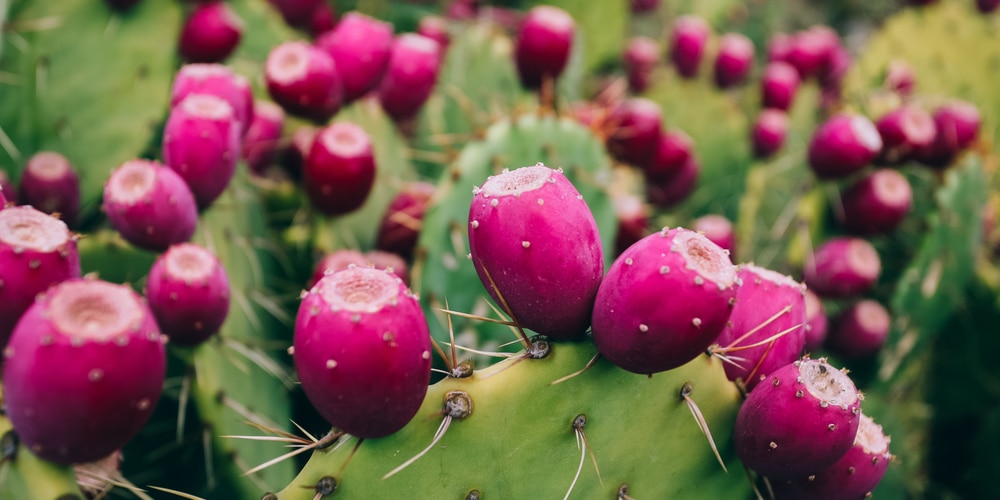
As Baloo from the Jungle book knows, Prickly Pears have very sharp spines. “Don’t pick the prickly pear by the paw; when you pick a pear, try to use the claw.” The good news is that the cactus needles don’t contain any poisonous toxins. However, the plants contain a sap that seeps from their stems and will cause skin irritation.
Peyote Cactus
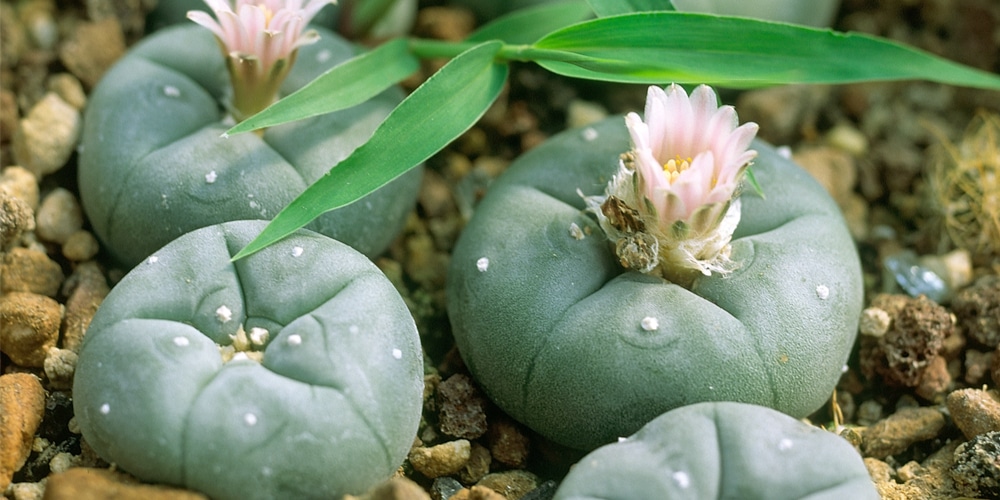
Peyote Cactuses are used by Native Americans during rituals and special ceremonies. These plants are commonly referred to as the “flesh of God.” They contain a chemical called mescaline which is also present in San Pedro. This causes hallucinations and can make people become delusional. The cactus can also cause vomiting.
Barrel Cactus
Although barrel Cactus are relatively popular, they do contain a toxic sap that is in the ribs of the plants. The sap or latex juice can irritate the skin and shouldn’t be touched or consumed. If you have a barrel cactus, it’s best to keep it out of the way of pets.
Cholla Cactus
The Cholla Cactus has very sharp needles which it can actually shoot at predators if it feels threatened. The needles contain toxins that are poisonous both to people and pets.
The Cholla Cactus grows over a larger area from Canada, North America, and Mexico. This unique plant grows best at high altitudes of l 7000 feet above sea level. It can also survive in varying temperatures of between 20F to 100 F.
Saguaro Cactus
The Saguaro Cactus is huge and can grow up to fifty feet; it grows in the desert region of Arizona and can provide people with shade.
The flesh of the Saguaro Cactus isn’t poisonous, but this plant does have lots of sharp spines that contain toxic sap. If you get the sap on your skin, it can cause irritation and discomfort. The plant can affect both people and animals. If you’re allergic to latex, you could have a reaction after touching the plant as its sap contains latex.
Are Cactus Poisonous to Animals?
Most cactus aren’t poisonous to pets, but the needles may irritate your pet’s skin or cause an allergic reaction. It’s best to keep your cactus and other house plants out of the reach of pets. Some cactus species may cause vomiting in pets if ingested.
Some cactus, such as prickly pear, are toxic to dogs if consumed and can cause pets to vomit blood. In the worse cases eating prickly pear can be fatal.
Conclusion
Most cacti aren’t poisonous, so if you own a prickly houseplant, it’s likely that it’s non-toxic. It’s best to avoid touching any sap or water that comes out of a cactus as these often cause skin irritation and can cause more severe problems if ingested. Avoid touching the sap if you’re pregnant or have any health issues. There are plenty of terrific cactus species that you can keep in the home, such as the moon cactus.
Cactus also have very sharp spikes, which can jab you can cause skin irritation. Be careful when handling or repotting cactus and wear gloves or wrap the cactus in newspaper before doing so.
It’s also best to keep your cactus out of the reach of pets. Some house plants are known to be toxic to animals. Also, it’s best if pets don’t ingest sap from cactus as this can cause vomiting.
